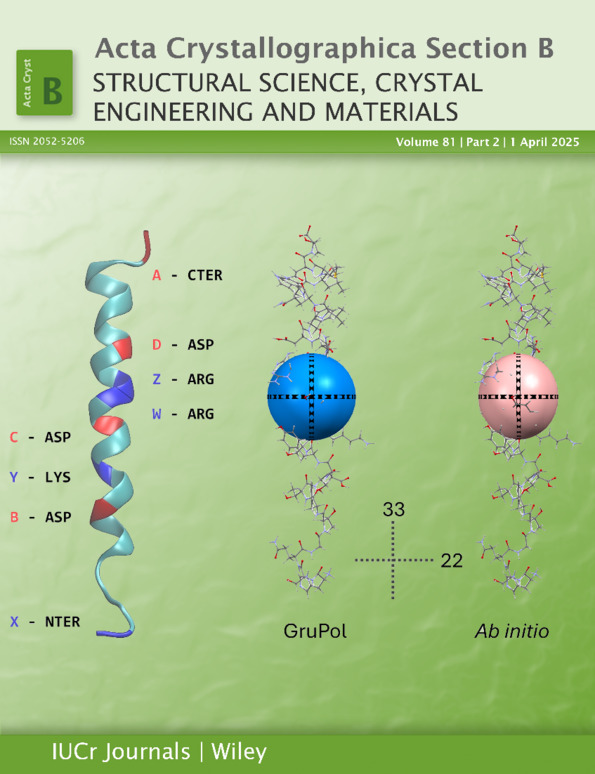Quantitative crystal structure analysis in trifluoromethyl- and cyano-substituted N-phenylbenzamides
Abstract
A total of nine isomeric trifluoromethyl- and cyano-substituted N-phenylbenzamides were synthesized, by changing the position of the –CF3/–CN groups, from ortho to meta to para on the molecular scaffold, to obtain different isomeric molecules. These molecules were prepared via the reaction of cyano-substituted aniline and trifluoromethyl-substituted benzoyl chloride followed by crystallization of the obtained compounds. Furthermore, the solid-state structures of the synthesized compounds were determined from single-crystal X-ray diffraction to investigate the molecular conformation and supramolecular assembly in the solid state. There exist changes in the molecular conformation of different molecules with subsequent changes in the packing of molecules in the crystal structure. The crystal packing of molecules revealed that the crystal structures are primarily stabilized via N—H/C—H…O chains. In some of the crystal structures, this chain is absent, instead O…π and N—H…N interactions are primarily responsible for the packing of molecules in the crystal. The molecular electrostatic surface potential revealed the reduction in the amphoteric character of the cyano group compared to the previously reported ethynyl group in N-phenylbenzamides, resulting in more electron-donor ability of the former to form multiple weak C—H/N—H…(–C≡N) intermolecular interactions. In addition, due to the presence of the trifluoromethyl group, fluorine-centered interactions, such as C—H…F—C(sp3), C(sp3)–F…π and C(sp3)—F…F—C(sp3) cumulatively stabilized the packing of molecules in the solid state. One compound crystallized as concomitant dimorphs, and these constitute packing polymorphs on account of the different arrangement of the molecules in the solid state. The energy landscape of the unsubstituted N-phenylbenzamide polymorphophore was generated by mapping of the crystal structure landscape (CSL) via the crystal structure prediction method, and several hypothetical crystal structures have been accessed from the CSL and mapped with the experimentally determined crystal structures of CN- and CF3-substituted benzamides.




